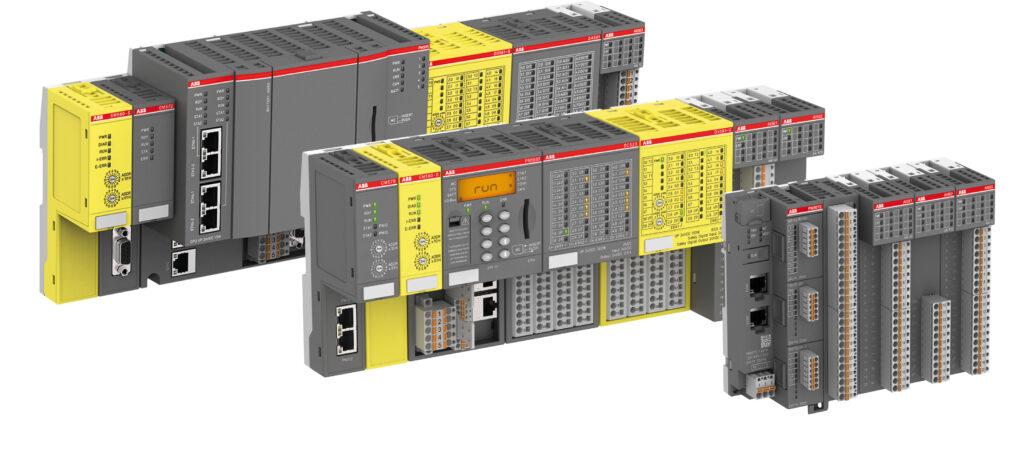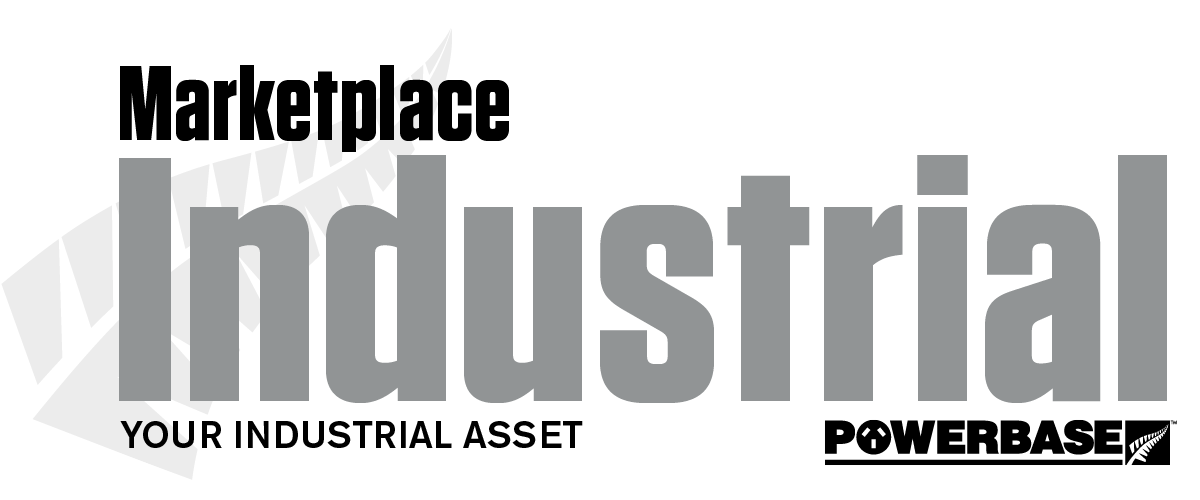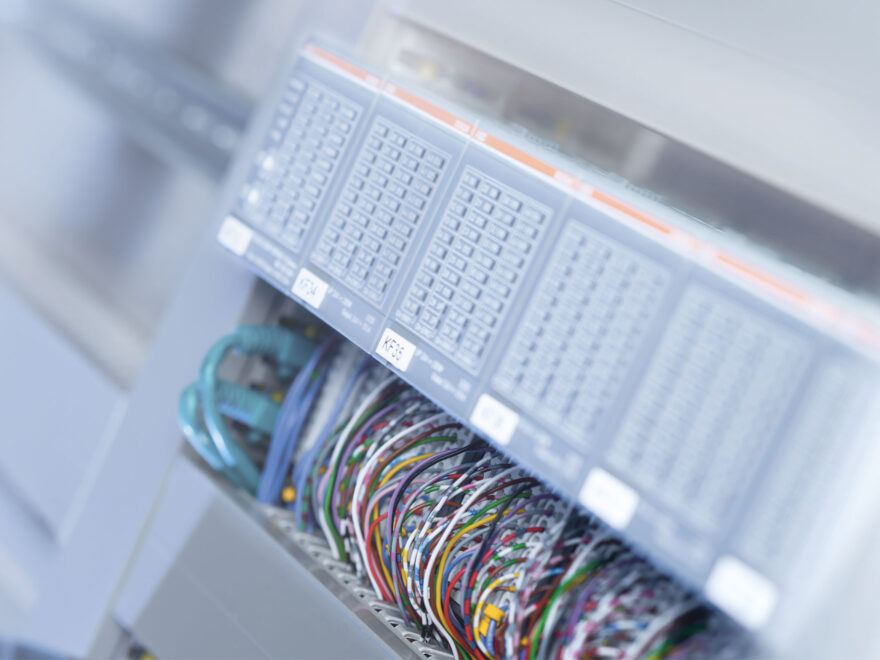Drives, often referred to as variable speed drives or VSDs, control the speed and torque of electric motors. The use of drives results in substantial energy conservation and facilitates precise management of critical processes and machinery across diverse sectors.
Simply pairing an existing motor with a drive offers a significant opportunity to boost performance and energy efficiency. In fact, drives can reduce energy usage by at least 25%. However, there is an alternate route to maximise efficiency – combining a motor-drive system with programmable logical controllers (PLCs).
These compact yet powerful automation devices observe input signals from various sources, including drives. PLCs utilise this data to formulate intelligent real-time decisions that can govern the actions of these drives, resulting in a more dependable, cost-effective operation of the applications they control.
A single PLC has the capability to flawlessly coordinate multiple drives connected to several motors. This allows for accurate synchronisation in complex large-scale operations. Often PLCs are pre-programmed with specific instructions crafted to meet the distinct requirements of the industrial process they oversee.
PLCs in motion
For instance, in smart irrigation, PLCs continuously gather data from a variety of sensors, such as weather forecasts, soil moisture levels, and temperature sensors. This real-time information is then scrutinised and processed. If the data suggests high temperatures and low humidity, the PLC guides the drive and motor to only release the necessary amount of water from the pump to avert crop stress, thus saving invaluable water resources.
Moreover, PLCs can be seen in action in food preparation environments such as bakeries. Here, they are programmed with multiple recipes, controlling ingredient distribution, mixing, proving, baking, and quality checks, bespoke to the product. The baker has the capability to instantly switch between different bakery items on the same line, allowing individual orders to be promptly and accurately executed with minimal human intervention. This ensures that bakeries can consistently produce high-quality products, minimise waste, reduce unnecessary energy consumption, and ultimately, save money.
PLCs closely monitor the entire process, receiving data from sensors that identify any irregularities or bottlenecks. If a problem arises, the PLC quickly gives the drives the instructions to modify the conveyor’s speed or cease production to resolve the issue. PLCs can proactively alert the operator to perform preventative maintenance if potential issues with the assets condition are detected. This degree of real-time management not only boosts efficiency but prolongs equipment lifespan and minimises the risk of process failure, which could result in expensive, unplanned downtime.
PLCs play an instrumental part in industrial safety by providing vital features like emergency stop controls and safety interlocks. Such measures are essential in preventing mishaps and safeguarding both personnel and equipment. For instance, in the case of a crane, this could involve creating restricted safety zones for movement and preventing collisions.

Join the automation revolution
PLCs have the ability to further enhance the already revolutionary benefits of motors paired with drives. Together, they can boost system and energy efficiency, elevate safety measures, and streamline operations, propelling us closer to a sustainable industrial future.
Learn more here:

![]()

